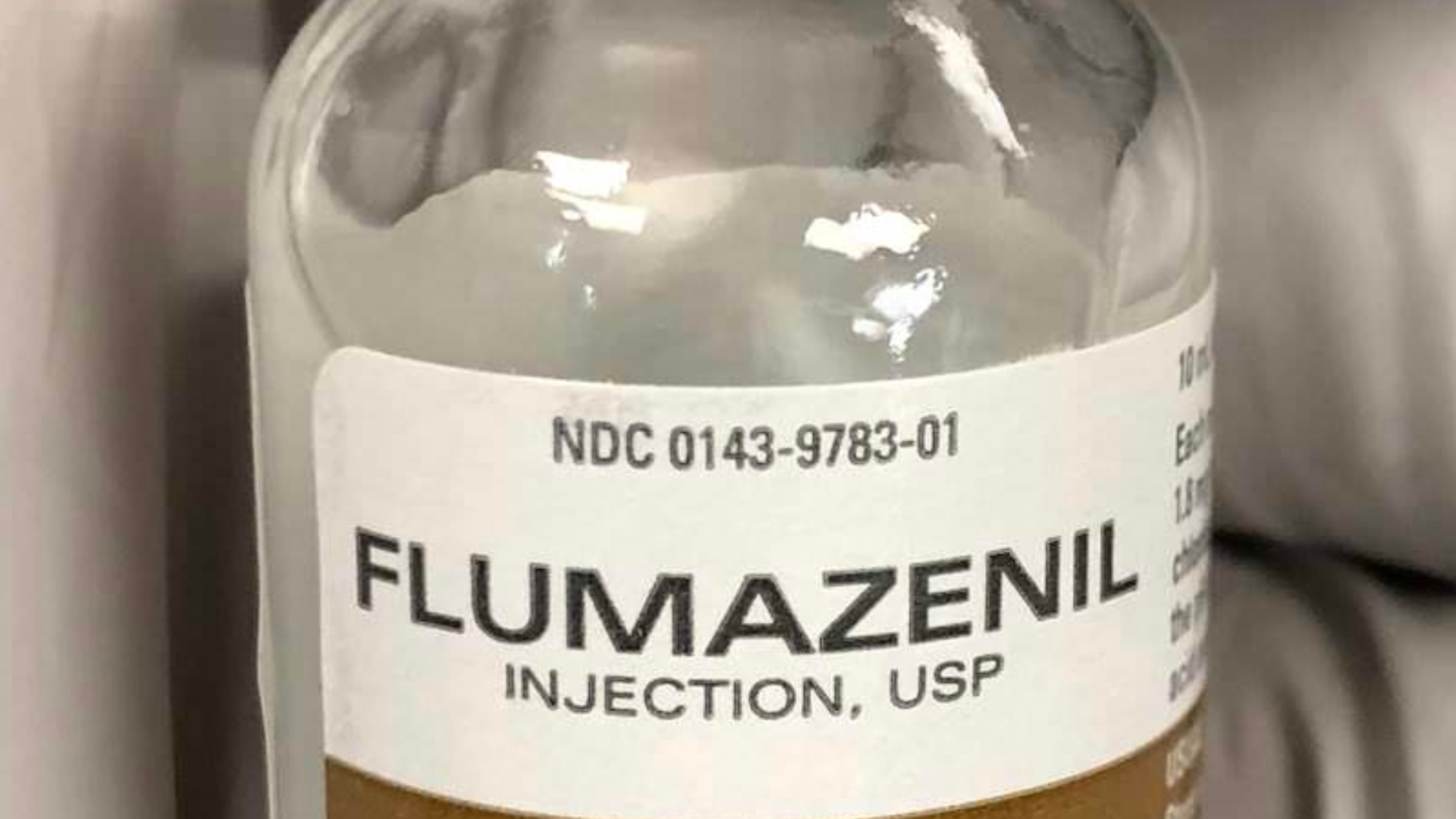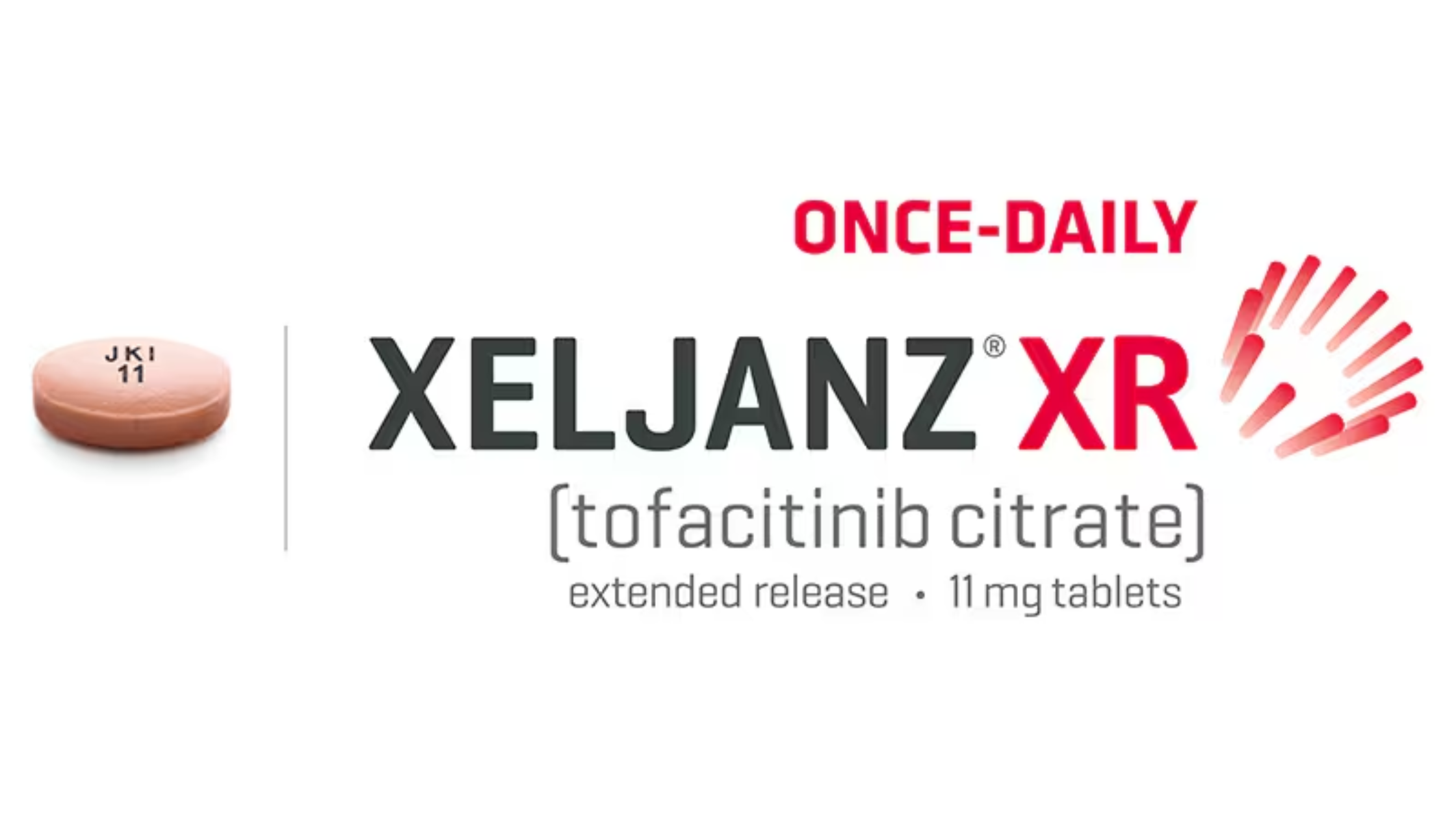In this piece, you will understand the antidote for benzodiazepines that saves lives- Flumazenil. You will further discover its uses, dosage, side effects, and how it counters benzodiazepine overdose effectively.
Benzodiazepines, a class of psychoactive drugs commonly prescribed for anxiety, insomnia, and other conditions, have significantly contributed to modern pharmacotherapy. However, their misuse, particularly in overdose situations, poses severe health risks, including respiratory depression and potentially fatal outcomes. Understanding and promptly addressing benzodiazepine overdoses are critical in emergency medicine. This article explores one crucial intervention: flumazenil, the antidote for benzodiazepines that can save lives.
Benzodiazepines at a Glance

Benzodiazepines, often referred to as benzos, exert their effects by enhancing the activity of gamma-aminobutyric acid (GABA) receptors in the brain, resulting in sedative, hypnotic, anxiolytic, muscle relaxant, and anticonvulsant properties. These medications, including diazepam, lorazepam, and alprazolam, are widely prescribed due to their efficacy in managing anxiety disorders, insomnia, muscle spasms, and seizures.
Despite their therapeutic benefits, benzodiazepines are associated with several risks, including tolerance, dependence, and overdose. Benzodiazepine overdose can lead to respiratory depression, coma, and death, especially when combined with other central nervous system depressants such as alcohol or opioids.
Flumazenil: The Life-Saving Antidote
Flumazenil, marketed under the trade name Romazicon among others, is a benzodiazepine receptor antagonist. It works by competitively binding to benzodiazepine receptors in the central nervous system, thereby reversing the sedative and hypnotic effects of benzodiazepines. This mechanism makes flumazenil a crucial tool in managing benzodiazepine overdose and reversing their potentially life-threatening effects.
Uses of Flumazenil
The primary use of flumazenil is in the management of benzodiazepine overdose. When administered promptly and appropriately, flumazenil can reverse the sedative effects of benzodiazepines, restore consciousness, and improve respiratory function in affected individuals. Emergency departments and intensive care units often utilize flumazenil to treat acute benzodiazepine toxicity and prevent adverse outcomes associated with overdose.
Administration and Dosage
Flumazenil is typically administered intravenously (IV) under medical supervision. The dosage varies based on the severity of benzodiazepine overdose and the patient’s response to initial doses. Healthcare providers monitor vital signs closely during and after flumazenil administration to ensure effective reversal of benzodiazepine effects without precipitating withdrawal symptoms or other adverse reactions.
Safety Considerations and Contraindications
While flumazenil is effective in reversing benzodiazepine toxicity, its use is not without risks. Patients with a history of seizures or benzodiazepine dependence may experience withdrawal symptoms or seizures upon administration of flumazenil. Therefore, its use should be carefully considered in clinical settings where the benefits outweigh potential risks.
Side Effects
Common side effects of flumazenil include agitation, confusion, dizziness, nausea, and vomiting. These effects are generally mild and transient but require monitoring to ensure patient safety. Serious adverse reactions, such as seizures or arrhythmias, are rare but can occur, particularly in patients with pre-existing medical conditions or concurrent use of other medications.
Clinical Guidelines and Best Practices
The administration of flumazenil is guided by established clinical protocols and best practices designed to maximize efficacy while minimizing risks. Healthcare providers undergo specialized training in the use of flumazenil and adhere to standardized protocols to ensure the safe and effective management of benzodiazepine overdose cases.
Research and Developments
Ongoing research aims to elucidate further the role of flumazenil in the management of benzodiazepine overdose and explore potential adjunctive therapies to enhance its effectiveness. Clinical trials and pharmacological studies contribute to evolving guidelines and recommendations for the use of flumazenil in emergency medicine and critical care settings.
Public Health Implications
The availability and appropriate use of flumazenil have significant public health implications, particularly in the context of rising benzodiazepine prescriptions and related overdose deaths. Education campaigns targeting healthcare professionals, patients, and caregivers play a vital role in promoting awareness of flumazenil as a life-saving intervention for benzodiazepine overdose emergencies.
Conclusion
Flumazenil stands as a critical antidote in the arsenal of emergency medicine, offering a lifeline to individuals experiencing benzodiazepine overdose. By promptly reversing the sedative effects of benzodiazepines, flumazenil helps restore consciousness, improve respiratory function, and mitigate the risk of adverse outcomes. Continued research, education, and adherence to clinical guidelines are essential to optimizing the use of flumazenil and ensuring its safe and effective administration in clinical practice.
References
- American Society of Health-System Pharmacists. Flumazenil.
- National Institutes of Health. Flumazenil Injection: MedlinePlus Drug Information.
- World Health Organization. Management of Substance Abuse: Benzodiazepines.
- Emergency Nurses Association. Benzodiazepine Toxicity Reversal.




